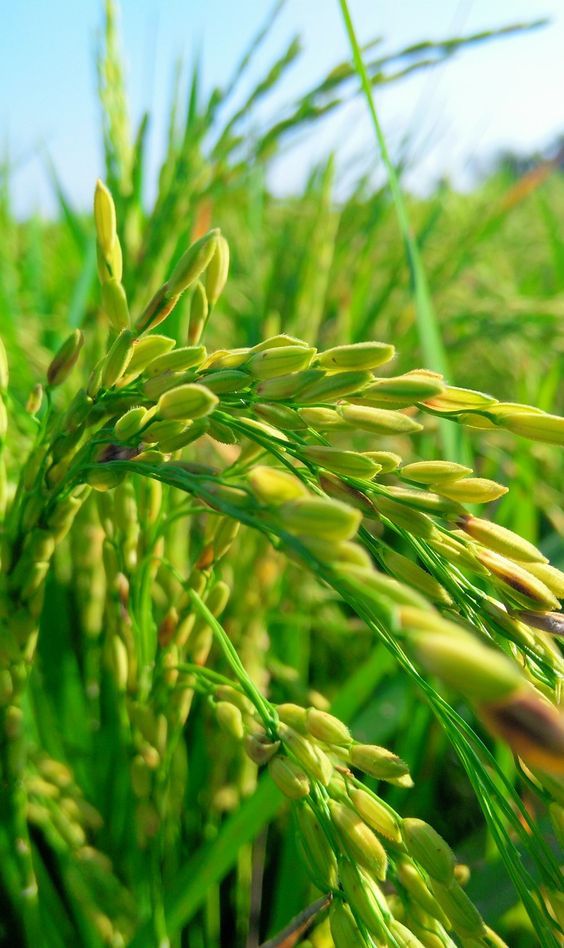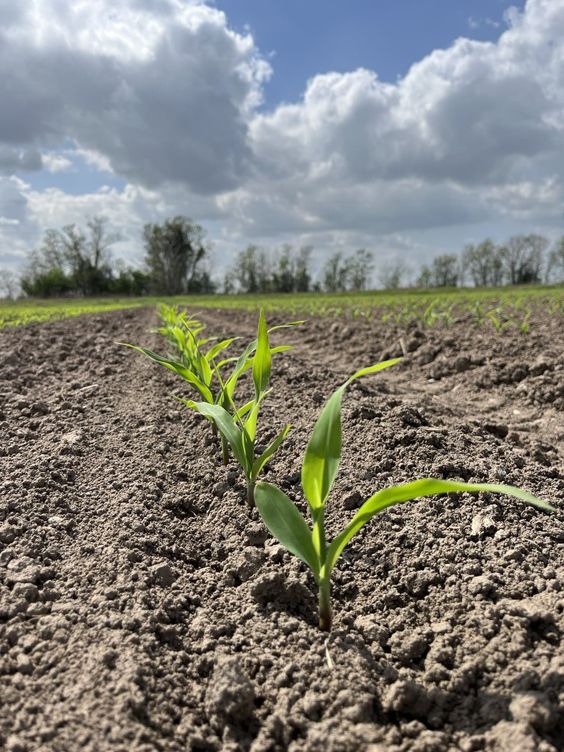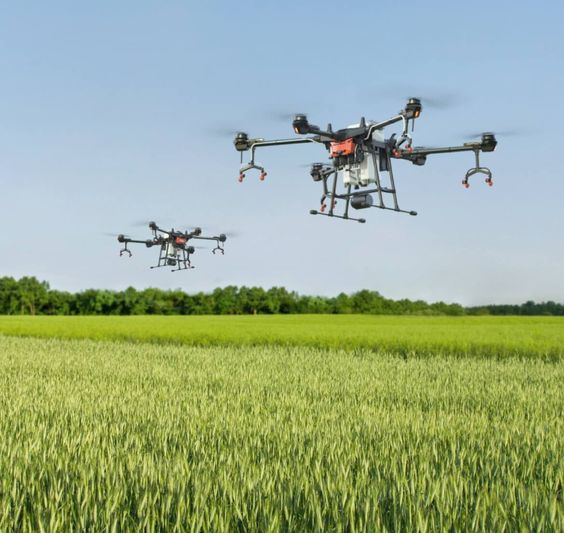Agricultural Land Resources Management: How Smart Agriculture Optimizes Our Fields
Agricultural Land Resources world’s population is projected to reach nearly 10 billion by 2050. Feeding this growing population while ensuring the sustainability of our agricultural land resources is a critical challenge. Smart agriculture, a technology-driven approach to farming, offers a promising solution. By leveraging data and precision techniques, smart agriculture empowers farmers to optimize their land use, increase yields, and minimize environmental impact.
The Pressure on Agricultural Land
Our agricultural land resources are under increasing pressure. Factors like:
- Urbanization: As cities expand, fertile land is converted for housing and infrastructure development.
- Climate Change: Extreme weather events like droughts and floods disrupt agricultural production and degrade soil quality.
- Land Degradation: Poor agricultural practices, such as excessive use of fertilizers and pesticides, lead to soil erosion and depletion of nutrients.
These factors threaten food security and highlight the need for efficient land management practices.
Smart Agriculture: Optimizing Land Use
Smart agriculture utilizes a suite of technologies and data-driven approaches to make informed decisions about land use:
-
Precision Farming: Utilizing sensors, drones, and satellite imagery, farmers can gather real-time data on soil conditions, crop health, and moisture levels. This allows for targeted application of fertilizers, pesticides, and irrigation, reducing waste and maximizing efficiency.
-
Yield Mapping: Yield maps created using GPS technology pinpoint areas of high and low productivity within a field. This allows farmers to identify problem areas and adjust management strategies to improve overall yield.
-
Variable Rate Technology: Modern farm equipment can adjust application rates of resources based on yield maps and real-time data. This ensures that crops receive the precise amount of water, nutrients, and pesticides they need, minimizing waste and environmental impact.
Smart Agriculture: Preserving Land Health
Beyond optimizing land use for production, smart agriculture promotes practices that preserve land health for future generations:
-
Soil Health Monitoring: Sensors can track soil moisture, temperature, and organic matter content. This allows farmers to adopt practices like crop rotation, cover cropping, and reduced tillage to improve soil health and fertility.
-
Precision Irrigation: By monitoring soil moisture and weather data, smart irrigation systems deliver the exact amount of water needed by crops, minimizing water waste and preventing soil salination, a major concern in arid regions.
-
Drone-based Weed Detection: Drones equipped with AI can identify weeds with high accuracy. With this targeted approach, farmers can use herbicides only where needed, minimizing their impact on beneficial insects and soil health.
The Benefits of Smart Land Management
The benefits of employing smart agriculture for land management are multi-fold:
-
Increased Yields: With efficient resource utilization and improved soil health, smart agriculture demonstrably increases crop yields, allowing farmers to produce more food from the same amount of land.
-
Reduced Environmental Impact: By minimizing water waste and optimizing fertilizer and pesticide application, smart agriculture practices reduce environmental pollution.
-
Enhanced Sustainability: Smart agriculture promotes soil health and conservation practices, fostering sustainable agricultural production for future generations.
-
Improved Farm Profitability: Increased yields, reduced costs, and improved resource use contribute to greater profitability for farmers.
Challenges and Considerations
While smart Agricultural Land Resources offers significant benefits, there are challenges to consider:
-
Cost of Technology: The initial investment in sensors, drones, and other smart farming technologies can be significant, especially for small-scale farmers.
-
Digital Divide: Rural areas often have limited access to reliable internet connectivity, hindering the adoption of data-driven agricultural practices.
-
Farmer Education: Utilizing smart agriculture technologies effectively requires a shift in mindset and acquiring new digital skills. Educational programs and support systems are crucial to facilitate the transition.
Conclusion Agricultural Land Resources
Agricultural Land Resources Smart offers a powerful toolset for optimizing agricultural land use and ensuring sustainable food production for a growing population. By harnessing data, precision techniques, and innovative technologies, farmers can maximize yields, preserve land health, and minimize environmental impact. Overcoming barriers to adoption, such as technology costs and the digital divide, through targeted investments and educational programs will be crucial in leveraging smart agriculture’s full potential. As we strive to feed a growing world, smart agriculture has the potential to revolutionize the way we manage our precious agricultural land resources.




